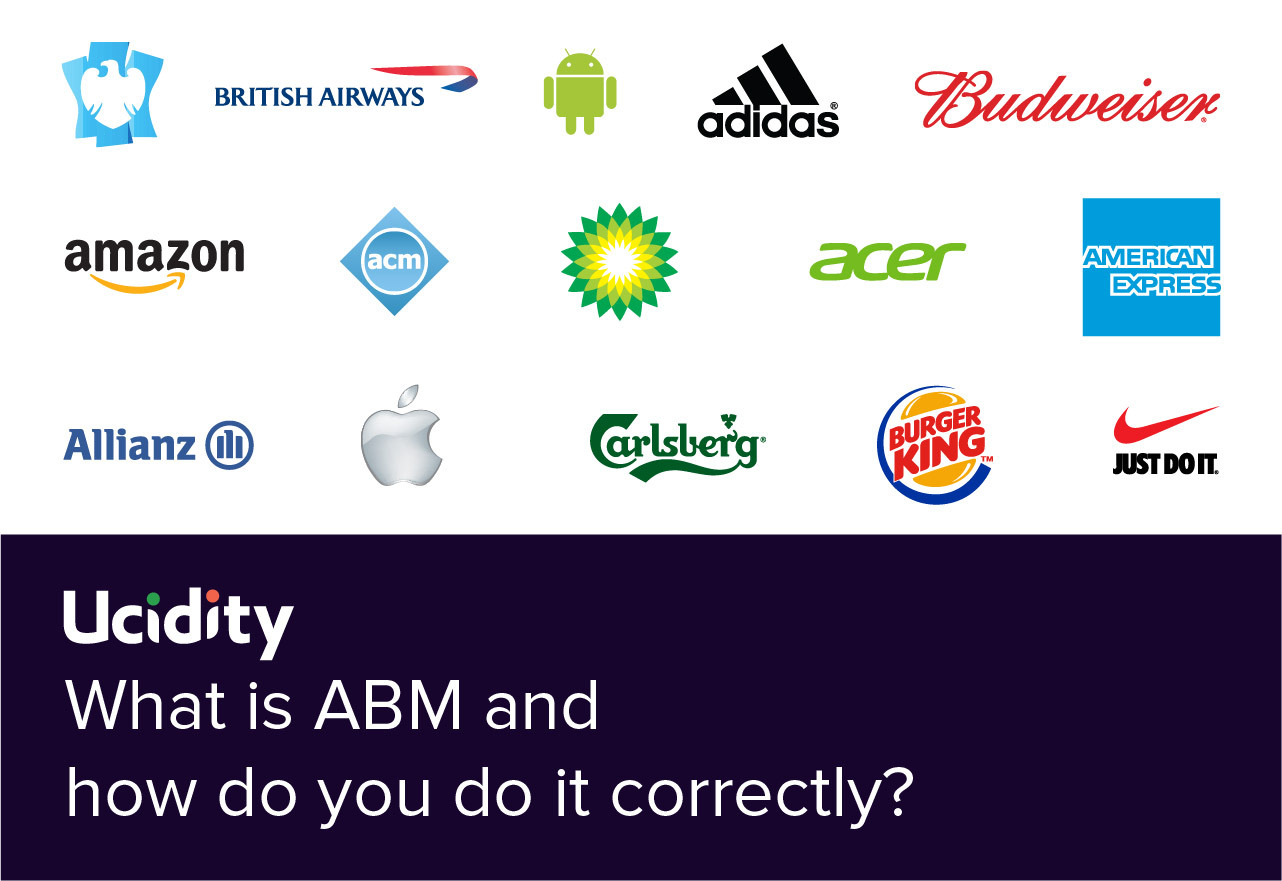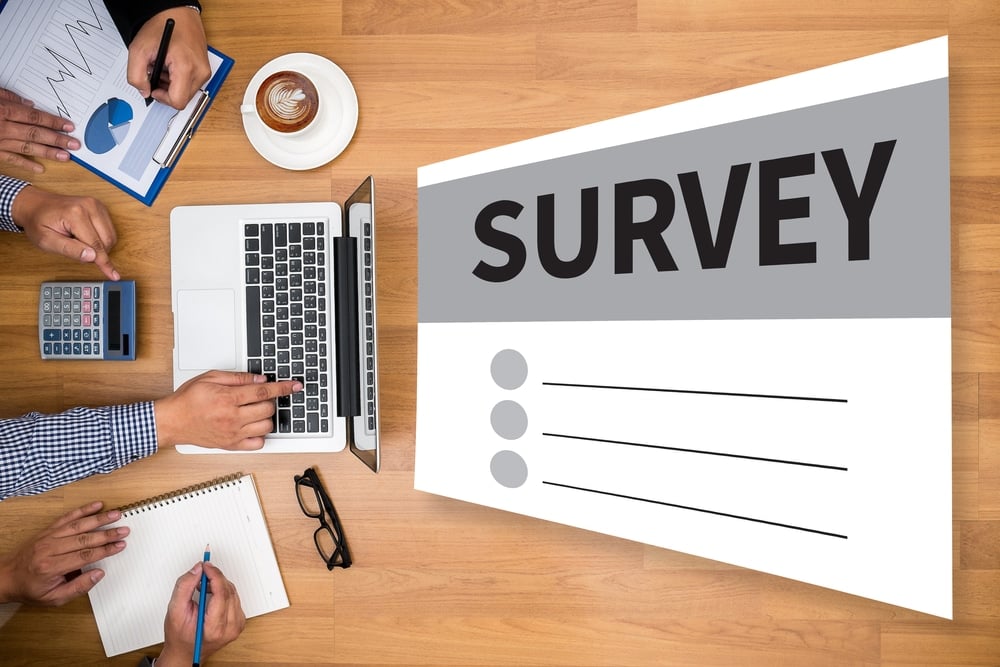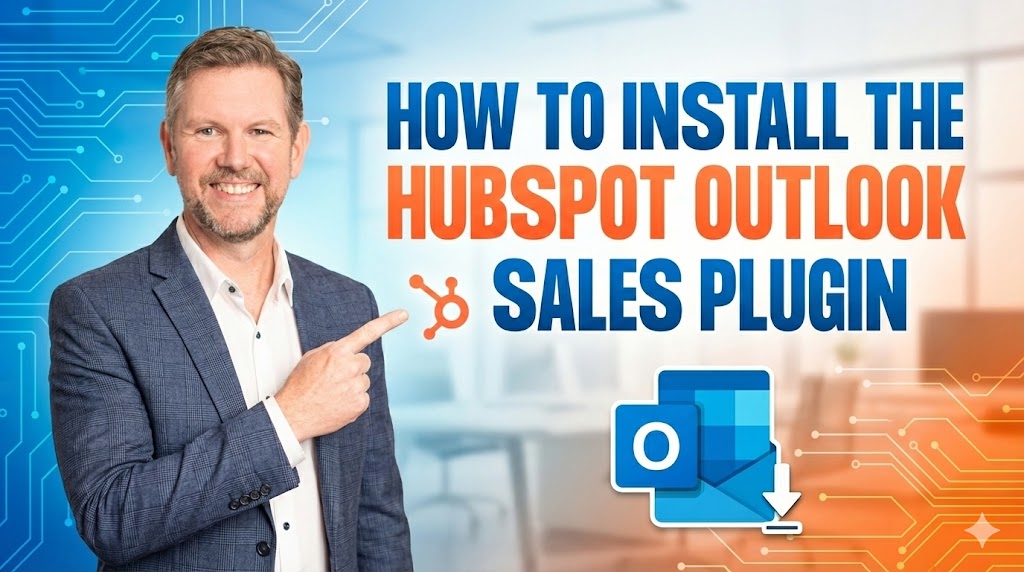
Content Marketing,Content Marketing,Content Marketing | 10 min read
World governments, including our Australian government, are starting to ease the COVID-19 lock-downs and stimulate the economy back into action. This means that people will start getting ready to spend money again.
In this article, we'll look into what you can do right now to get in front of these people and what to do when they're ready to buy your products and services. We'll share with you the latest 2020 / lock-down techniques to:
- Attract the right people to your website.
- Provide something super useful that those people have been itching to get their hands on.
- Keep those people warmed up.
- Make it easy for them to choose your business when they’re ready to purchase.
Let’s look at each of these steps in more detail.
Step 1: Attract the right people to your website
Most people want more website traffic. Whilst this might look great on paper, the real magic happens when you get the right traffic to your website. You start seeing a growth in leads, SEO statistics and conversions into customers.
"None of these people were ever going to need our products or services"
Who are your RIGHT website visitors?
A few years ago, we wrote a technical blog article which showed people how to setup a website plugin to send automated emails from their website. We got loads of traffic to that article which made our website stats look great. The problem was that none of these people were ever going to need our products or services.
We had to sit down and rethink our content strategy to gain a clear understanding of the typical attributes of our perfect website visitor. How did we do this? We looked our BEST customers and looked for patterns.
We've provided a shortlist of the types of patterns you can look for:
- Must have a heartbeat: Just kidding, this is way too generic and a definite no no.
- Gender: We see this done well with websites like Marie Forleo. She typically likes to attract females into her business so her imagery and messaging is more slanted towards females.
- Age group: Imagery of old antique furniture with blog articles comparing your services to Gone With The Wind (for those of us who know that movie is all about) probably wouldn't go well if you're wanting to attract a young energetic crowd.
- Spending / decision-making ability: The people you want to attract to your website need to have some intention to either make a purchase, or influence someone to kick off the process.
- Type of business: The more you can narrow down this one the better. Are they in a specific industry, are they B2B vs. B2C etc.
- Business size: Are they small, medium or enterprise? Maybe even narrow it down to the number of employees AND their turnover. Why? When you narrow down this information, you can REALLY talk their language. As an example, a small business with five employees and a turnover of $400k is going to have a different set of challenges to a business with five employees and $1.5 million turnover.
Pro tip: The above attributes might be those of your perfect client - but also consider who is the first person that visits your website? We had an experience a couple of years ago where an Executive Assistant was tasked with researching companies for a new website - i.e. she was the first person to get in contact with us NOT the decision maker.
What to do once you know who your perfect visitor is
The concept of overhauling your entire website to cater for your perfect website visitors might be completely overwhelming. So, here's a much more manageable way to get started:
- Start with a SINGLE website page: Pick out the page that the right traffic will go to when they FIRST visit your website. Optimise the heck out of this page - i.e. make sure the words, images and messaging is right up their alley.
- Work on the next page they see: If your perfect visitor likes the first page, they'll typically look at another page on your website, e.g. your About Us page. Optimise this page.
- Gradually improve the rest of your site: Once you're starting to get traction on these pages, move on to the rest of your website.
Techniques to send traffic to your website
Once you have optimised the FIRST page that your perfect visitor will jump to, it's time to send website traffic to that page. Here's some techniques to do that:
- Share via email: This technique is pretty easy. You can achieve this by:
- Grabbing someone's email address and emailing them the link manually
- Including the link to your page in your email signature
- Send an email newsletter (EDM)
- Share via social media: The easiest way to do this is to share your link on a normal post, e.g. a Facebook or LinkedIn post. A better way to do this is to post your link in a group (make sure they allow links) that will benefit from your link.
- Include a link on your business card: What do people do when you first hand them your business card? Read the front THEN flip it over and read the back. Put in a really amazing offer on the back and the right people will go to your website link.
- Run a pamphlet drop: Sometimes the old techniques still work best. Why? Because your competitors probably aren’t doing it - i.e. you’ll stand out from the crowd.
- Paid Advertising - Social media: Social media paid advertising is an interruptive approach. What does this mean? Most people will be scrolling through their social media feed and then see an ad pop up that’s probably out of context with what they’re looking at - i.e. it interrupts them.
- Paid Advertising - Google Ads: These types of ads are perfect for people who are searching for something specific, e.g. what is the best SUV for a small family. We love this platform because you can get in front of people from multiple angles, e.g. you might come from the angle of car financing - i.e. then they search for the above - you can display an ad about 3 steps to minimise the cost of your next car. It’s not quite what they were searching for but they’ll probably click the link.
- Paid Advertising - Remarketing: Remarketing is that “annoying” thing that happens when you visit a website - suddenly you see ads for that website everywhere. It CAN be really effective though, e.g. you start showing ads a week after they've visited your website to help them remember who you are and how you can help them.
There’s obviously thousands of other ways to get the right traffic to your website, so make sure you take advantage of our offer at the end of this article for your free 15 minute web traffic consultation.
Step 2: Provide something super useful
This step can be tricky as it takes educated trial and error and a few repetitions to get right. BUT, businesses that persist with this step end up with a distinct advantage over their competition. Why? They'll have a large database to market to when the restrictions ease and people are ready to buy again.
"When the RIGHT visitor lands on your website, they'll be looking for an answer to their biggest challenge pretty quickly"
To know what to provide them with, you’ll need two things:
- What their biggest challenge is: Start to get into the nuts and bolts of what their biggest challenge is, e.g. we need a new car. For an expert tip, dig a couple of levels deeper by asking how is that a challenge? You usually end up uncovering more details like we're sick of playing Tetris when we go shopping. These details can help people relate to your website content rather than just the bland do you need a new car messaging.
- Where they are in the buying process: You might want to read our article about the buying process however here's a quick summary. You can catch people at different stages of the buying process.
"You don't want to sell to people who aren't ready to purchase"
Knowing where they are is CRITICAL because you don't want to be selling to someone who's in the Awareness stage - it's way too early and they haven't even started their proper research yet. They'll probably disregard your business and start researching your competitor.
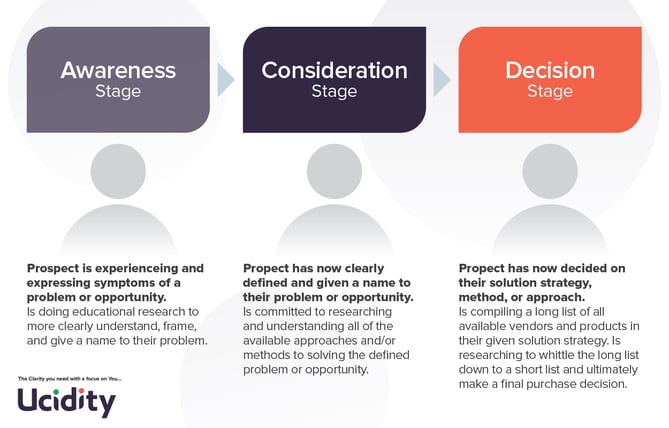
What can you provide them with?
Now that you're armed with ALL of the above information - you can decide on what to offer them with. This is the easy part because you're now super clear on who they are and what they're itching to research.
"The business who helps someone first is typically the business that the person will go with when they decide to purchase"
We've provided a shortlist below of the types of content that can REALLY help your website visitor when they reach your website. As an example,
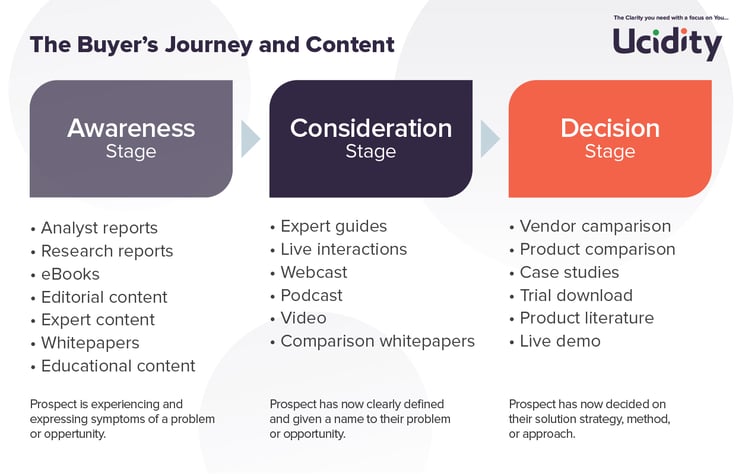
Once you have that content written, provide it in a way where your perfect website visitor exchanges something simple, e.g. their email address, for the content. As an example, enter your email address and we'll send your free whitepaper on the safest cars for your new growing family.
Step 3: Keep those people warmed up
Once you have people's details, e.g. their email address, keep your business front of mind by providing them with continual exceptional value. As an example:
- Regular monthly newsletters with insanely valuable information.
- Automated emails - e.g. drip-feed them a set of pre-written blog posts over a few weeks that will help along their journey. The more blog posts they read the more likely they are to end up as a customer.
- I was thinking of you emails - e.g. if you see an article online that would really help them with their challenge, shoot them an email with a link to that article.
- Social media content. If you've managed to get them to follow your social media page, tag them in a post if you think it's relevant.
- Regular phone calls to gauge their feedback. One tip we've learned from master salesperson Ari Galper is ask the question at the end of the call - what do you think the next step is? They'll tell you when to next make contact.
Step 3 is one that you want to automate as much as possible BUT still have a human touch as well.
We recommend stretching out Step 3, especially at the moment with the lock-down. Be acutely aware of their situation and massage your messaging - e.g. if your automated emails used to say - Take advantage of our 20% discount only available for the next 24 hours - consider changing the messaging to something like - We'd love to help you get started and totally understand that these times are challenging. We've put together a COVID-19 special circumstances package to help you financially.
Step 4: Make it easy for them to choose your business when they’re ready to purchase
Remember those hot summer days as a young kid and you heard the sound of a van pulling into your street blaring out Greensleeves? It meant one thing right? Ice cream!!!
Imagine if the van pulled up in the center of the road, there was no menu, there was nobody in the back of the van and the music changed to Metallica playing ten times as loud. Even the hungriest of kids would be hesitant to ask for an ice cream and run back to their parents, screaming for help.
The point is, especially these days, we need to make it super easy for people to engage when they're ready to purchase. The world is full of fantastic tools and techniques that can help every step of the way.
Here's a shortlist of techniques:
- Provide the first step wherever possible: The old adage of always be selling sort of runs true here, but not quite. Whenever you send them a piece of content, include a subtle reminder of how they get started, e.g. a section at the bottom of your blog posts with a question - Are you ready to start? Click the Get Started button below to kick off your journey. It's not pushy and reminds them they have the choice to not start yet or start when they're ready.
- Setup your website to inform YOU of their intention: This is a great one. There are many platforms, e.g. HubSpot, that will tell you when one of your contacts visits a particular page on your website. As classic example of this is your pricing page. If a contact has visited your contact page more than once, it probably means they're comparing your price with someone else's. It's the perfect time to reach out to them and ask if they have any final questions.
- Use automated tools: Most people will send some sort of documentation when they're about to bring a customer on board. In the old days, you'd probably send a bunch of forms that they have to download, print off, write details, scan and then email back. Luckily, these days you can do most of this electronically - including asking for a signature. Look into a tool like PandaDoc to get you started.
Summary (COVID-19 Version)
Times are changing rapidly and businesses that are using the above techniques will be well ahead of the game when the lock-down eases.
Everyone I've spoken to in the business world has said one thing - now is the time build your marketing database so you're ready for when the economy picks up again.
Happy growing and please reach out for help if you're stuck with any of the above steps.
Published on May 08, 2020



